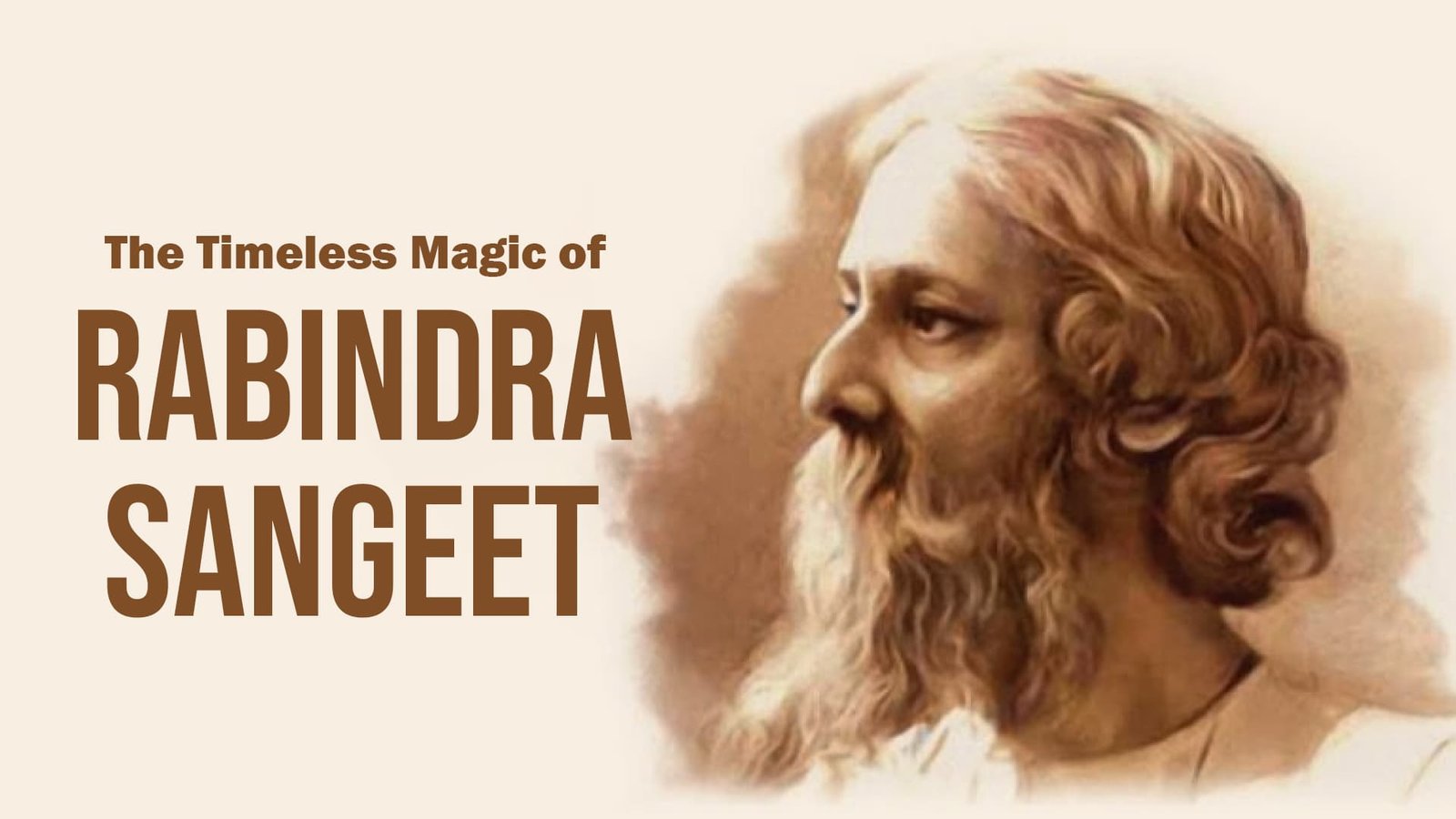Rabindra Sangeet is more than just a genre of music—it is a profound emotional and cultural experience. Created by Nobel laureate Rabindranath Tagore, this collection of over 2,000 songs beautifully captures the essence of life, nature, devotion, love, and freedom. Even a century later, the magic of Rabindra Sangeet continues to resonate deeply with listeners across generations and geographies.
What makes Rabindra Sangeet so timeless is its lyrical richness and melodic simplicity. Tagore masterfully wove together classical Indian ragas, folk influences, and Western musical styles to create a sound that is uniquely his own. The songs are not overly ornate or complicated, but they carry a depth of emotion and philosophical thought that leaves a lasting impact.
One of the most enchanting aspects of Rabindra Sangeet is its deep connection with nature. Whether it's the gentle arrival of spring, the romance of the monsoon, or the quiet reflection of an autumn afternoon, Tagore's music mirrors the moods of the natural world. Listening to his songs feels like taking a walk through a garden of emotions—each note, each word blooming with meaning.
Rabindra Sangeet also holds a special place in India’s socio-cultural history. Songs like "Ekla Cholo Re" and "Amar Shonar Bangla" became anthems of courage, unity, and patriotism during India’s freedom movement. Even today, they evoke a strong sense of identity and purpose.
Perhaps the true magic of Rabindra Sangeet lies in its ability to speak to the human soul. Whether you understand Bengali or not, the emotions in the music transcend language. Themes of love, loss, hope, and divinity are universal, and Tagore’s songs touch those chords with remarkable grace.
In a fast-changing world, Rabindra Sangeet remains a soothing constant—offering beauty, wisdom, and comfort. It is not just music; it is a way of feeling, thinking, and living. That is the enduring magic of Rabindra Sangeet.

